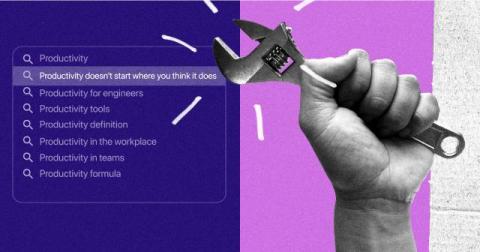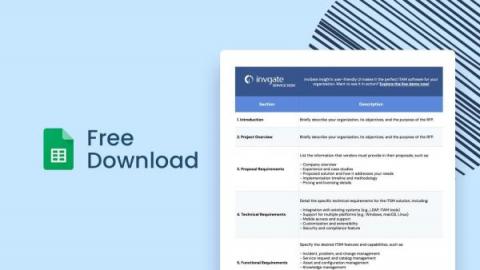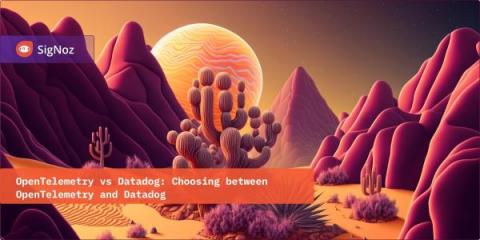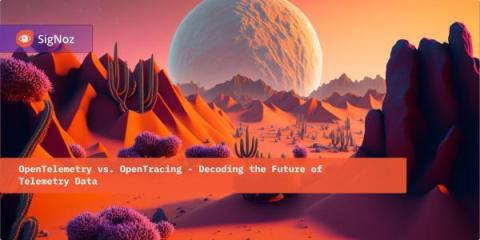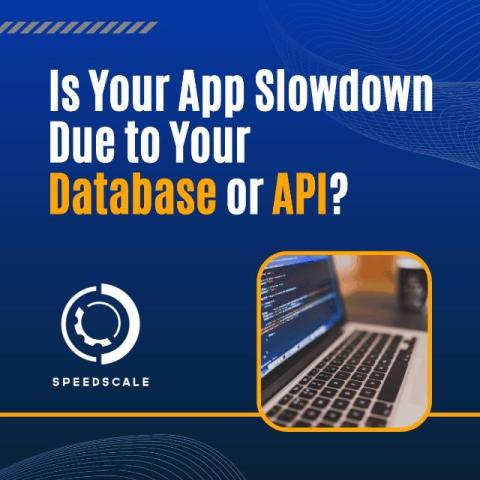Beyond RAG basics: Advanced strategies for AI applications
Our recent virtual event with Cohere dove deep into the world of retrieval augmented generation (RAG), focusing on the critical considerations for building RAG applications beyond the proof-of-concept stage. Our speakers, Lily Adler, principal solutions architect at Elastic, and Maxime Voisin, senior product manager at Cohere, shared valuable insights on the challenges, solutions, and best practices in this evolving field of natural language processing (NLP).



